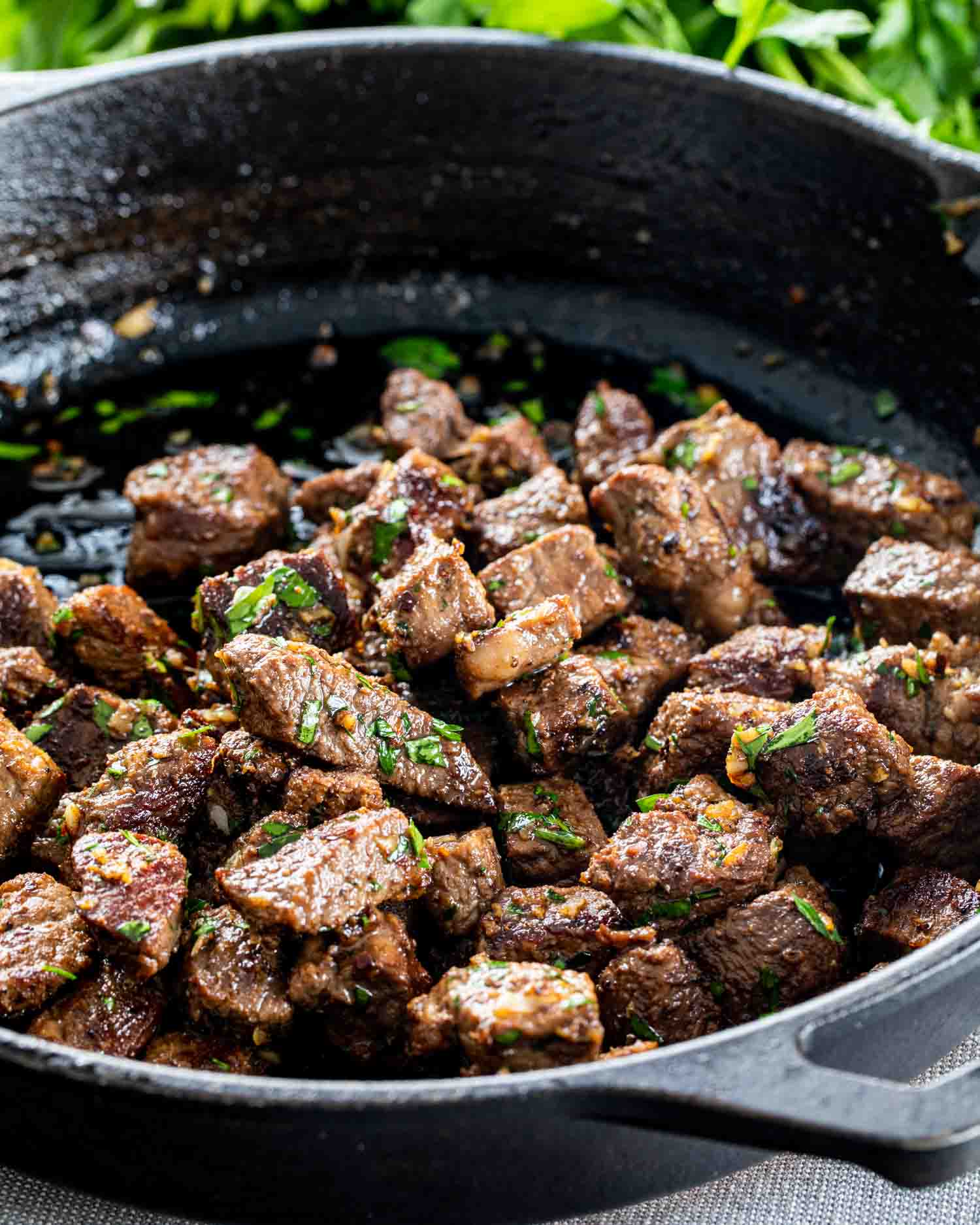Necessary Meat Storage Space Tips for Maintaining Quality and Flavor
Necessary Meat Storage Space Tips for Maintaining Quality and Flavor
Blog Article
From Farm to Table: Fresh and Premium Meat Choices
The trip of meat from ranch to table envelops an intricate interplay of quality, principles, and sustainability. With a raising focus on fresh and premium alternatives, customers are now a lot more inclined to consider the beginnings of their food, resulting in a restored emphasis on sustainable farming practices and pet well-being standards. This change not just enhances the dietary account of meat but additionally supports local economic situations. Nevertheless, the implications of these selections prolong far beyond personal wellness and neighborhood farming. What does this mean for the future of food systems and consumer behaviors?
Comprehending Meat Sourcing
As consumers end up being significantly familiar with the beginnings of their food, understanding meat sourcing has actually obtained extremely important value. Meat sourcing involves tracing the trip of meat from ranch to table, including numerous factors such as farming methods, pet well-being, and environmental effect. This recognition empowers consumers to make enlightened selections that align with their values, specifically regarding sustainability and ethical factors to consider.
The sourcing of meat can differ significantly based on several standards, consisting of the kind of livestock, farming techniques, and geographical place. Grass-fed beef frequently comes from pasture-based systems that advertise animal welfare and reduce environmental deterioration. On the other hand, traditional meat might entail extensive farming techniques that elevate worries pertaining to antibiotic usage and environment devastation.
In addition, traceability plays an important function in meat sourcing. Understanding the particular farm or region where the meat originates assists customers guarantee high quality and safety and security. Numerous consumers now look for qualifications or tags that show humane treatment and sustainable techniques, showing an expanding need for transparency in the food supply chain. Inevitably, understanding meat sourcing not just boosts consumer choice but also cultivates liable usage and supports ethical farming techniques.
Benefits of Fresh Meat
Choosing fresh meat uses various benefits that prolong beyond taste and texture. Fresh meat commonly maintains higher dietary value contrasted to its frozen or refined counterparts. It is frequently richer in essential nutrients, such as B vitamins, iron, and zinc, which are important for keeping general wellness.
Furthermore, the sourcing of fresh meat often includes much shorter supply chains, decreasing the time in between farm and table. This indicates that the meat is less likely to shed its nutritional stability throughout transportation and storage space. Additionally, consumers can experience boosted taste and juiciness, which can raise cooking experiences.
Fresh meat likewise provides a chance for customers to support local farmers and advertise lasting agricultural methods. When acquiring from local sources, individuals can add to their regional economic climate and cultivate a greater connection to the food they take in.
Lastly, fresh meat is typically devoid of the preservatives and additives commonly found in refined options. This makes it a cleaner, much healthier option for those looking to minimize their consumption of man-made ingredients. Generally, the benefits of choosing fresh helpful resources meat encompass health, preference, and a feeling of area interaction.
Animal Well-being Criteria
Guaranteeing high animal well-being requirements is vital for both honest factors to consider and the quality of meat products. The therapy of animals directly influences not only the ethical ramifications of meat production yet likewise the overall top quality and security of the end items. Animals elevated in humane problems are less stressed, bring about healthier pets and, as a result, superior meat top quality.
Regulations and qualifications concerning redirected here pet welfare have actually come to be progressively significant in the meat market. These structures make sure pets are offered with adequate area, correct nutrition, and humane handling throughout their lives. Practices such as pasture-raised systems and free-range settings contribute to much better pet welfare by allowing animals to display all-natural habits, which is vital for their well-being.
Additionally, customers are becoming a lot more critical regarding the resources of their meat, causing an expanding need for products that comply with stringent animal well-being criteria. This shift not only promotes moral farming techniques but likewise motivates manufacturers to adopt steps that improve the wellness and welfare of their animals. Meat. Eventually, focusing on pet well-being is not simply a moral imperative; it is likewise a path to generating premium-quality meat that meets consumer expectations

Sustainable Farming Practices
Lasting farming methods play a vital role in improving both helpful site pet well-being and the quality of meat products. By carrying out rotational grazing, farmers can advertise healthy and balanced pasture communities, enabling pets to feed on nutrient-rich yards while preventing overgrazing.
Additionally, lasting farming often incorporates integrated insect administration and natural feed alternatives, decreasing the use of hazardous chemicals. This method not only safeguards animal wellness however likewise leads to cleaner, much safer meat items for customers. Water preservation strategies, such as rain harvesting and reliable watering systems, better add to lasting techniques, making certain that sources are utilized carefully.
Additionally, promoting biodiversity with polyculture systems and preserving environments for wildlife enhances the durability of farming ecosystems. By prioritizing these lasting techniques, farmers can produce premium meat that meets consumer need while advertising environmental equilibrium. Inevitably, welcoming sustainable farming practices is important for developing an extra accountable and resilient food system that benefits pets, farmers, and consumers alike.
Choosing Top Quality Over Amount
Often, customers are confronted with the predicament of choosing between amount and high quality when it concerns meat items. While acquiring larger amounts may seem financially beneficial, the lasting advantages of choosing high-grade meat much exceed the immediate cost savings. Quality meat is frequently sourced from pets increased in lasting atmospheres, where they are given appropriate nutrition and treatment, leading to premium flavor and dietary value.
Top notch meats are generally without dangerous additives, hormones, and anti-biotics that are typically existing in mass-produced choices (Meat). This not just ensures a much healthier eating experience but likewise sustains ethical farming methods that prioritize pet well-being. Furthermore, costs meats often tend to have a much better appearance and taste, enhancing the general cooking experience
Investing in high quality meat urges customers to appreciate smaller parts, permitting for a much more conscious approach to eating. This shift not just influences individual health positively however additionally promotes sustainable consumption patterns that can benefit the atmosphere. To conclude, prioritizing high quality over quantity when choosing meat products promotes a more liable and health-conscious way of life, ultimately enriching both the eating experience and the world.
Conclusion

Report this page